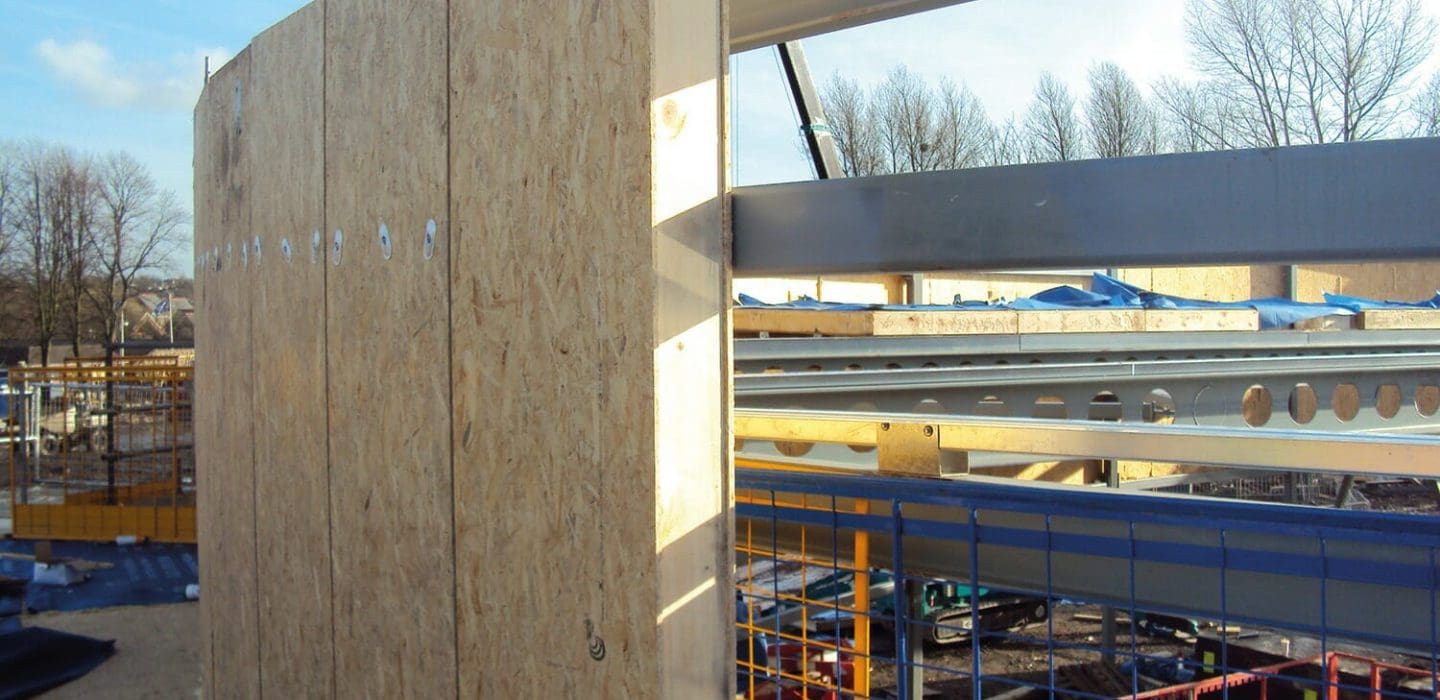Correct ventilation can have a positive impact on well-being, occupant comfort and building ambience.
Proper ventilation is crucial
Effective ventilation is essential for maintaining a healthy living environment, particularly in buildings constructed with Structural Insulated Panels (SIPs). Due to the exceptional airtightness of a properly installed SIP system, which achieves air leakage as low as 0.6 m³/m²hr@ 50 pascals, it is vital to implement a dedicated ventilation strategy. This ensures optimal indoor air quality, occupant comfort, and a pleasant building atmosphere.






